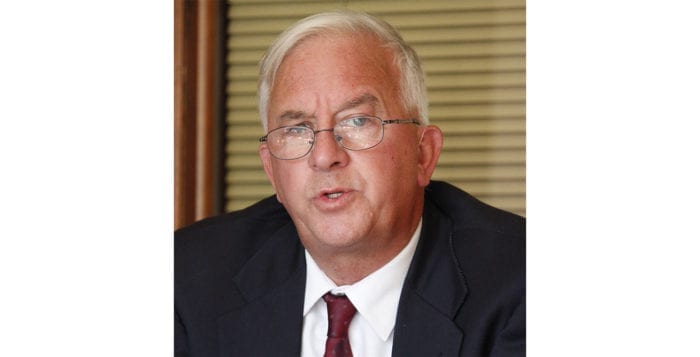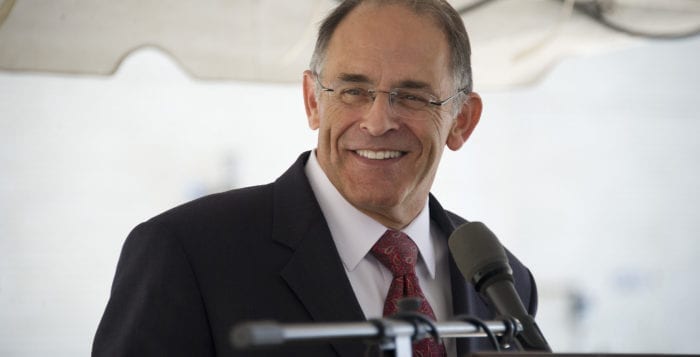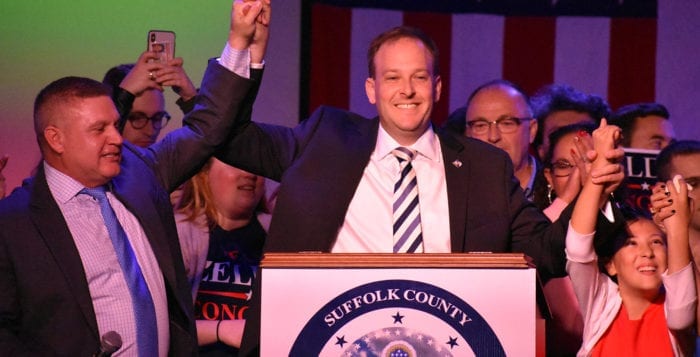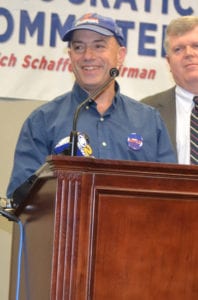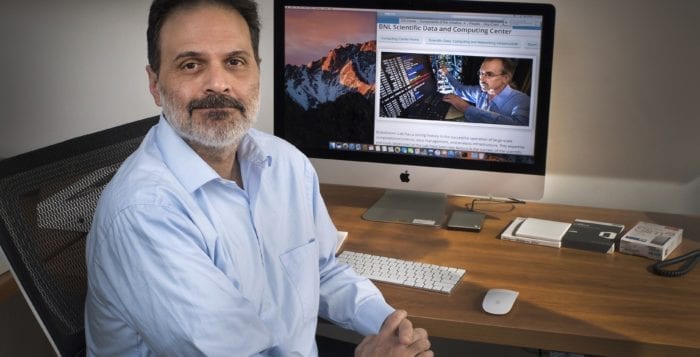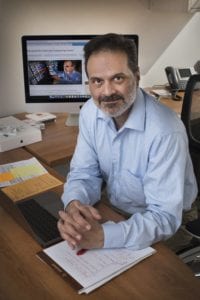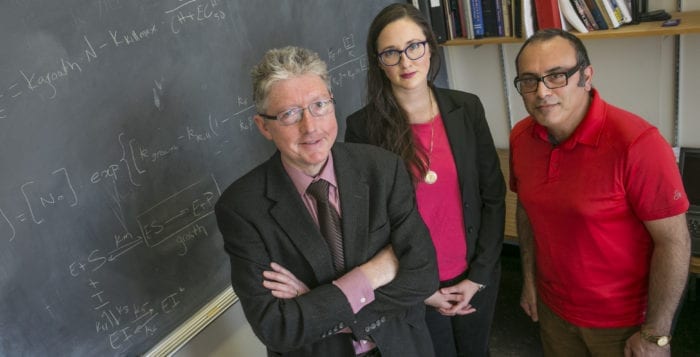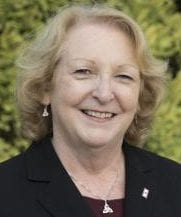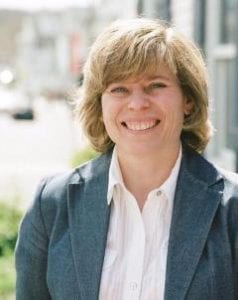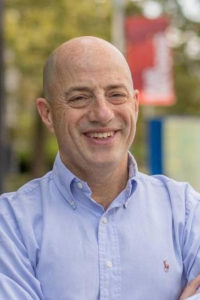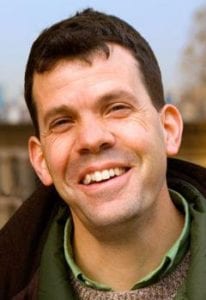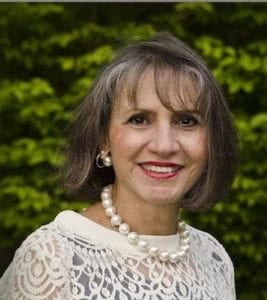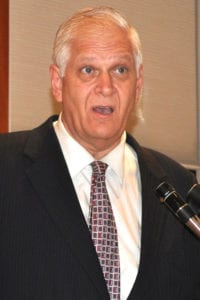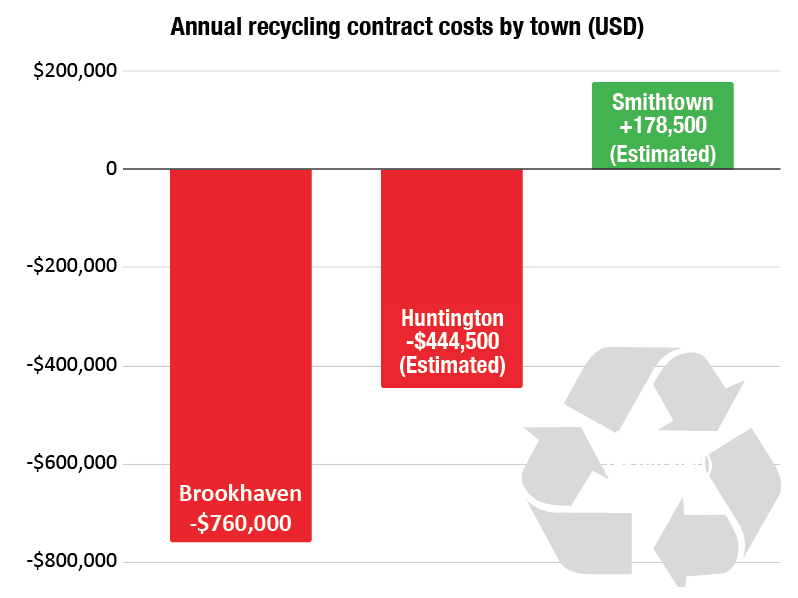
By Sara-Megan Walsh and Kyle Barr
The three North Shore towns of Brookhaven, Huntington and Smithtown are grappling with how to best recycle in 2019 after Brookhaven’s facility ground to a halt in October 2018.

In that month, Brookhaven’s recycling contractor Green Stream Recycling prematurely terminated its 25-year agreement to operate the town’s recycling plant in Yaphank. The announcement came as collected recyclables piled up like mountains outside the Yaphank facility as China’s new National Sword policy took effect, implemented in January 2018, which set strict contamination limits on recyclable materials it would accept. Up until then, China had been the world’s largest importer of recycled materials, and now local towns had to scramble to find a new market to sell to.
All three towns solicited bids from recycling companies in the hopes of finding the most efficient and green solution for its residents.
The result is Brookhaven, Huntington and Smithtown have all taken slightly different approaches based on what services they’ve been offered. Residents have been puzzled by new recycling schedules, as the townships are still attempting to explain what has changed with their recycling and how it will impact the future.
Brookhaven
Once the bottom of the recycling market fell out from China’s decision, Brookhaven was caught directly in the storm that followed, with the Green Stream facility being the center of multiple towns’ recycling efforts.
“It’s not the system that so much changed, as much as what was allowable,” said Christopher Andrade, the town’s recycling commissioner. “[China] went down from 5 percent contamination to 0.5 percent. It wasn’t the equipment that caused the problem, it was the standard that caused the problem.”
At the Jan. 17 Brookhaven Town Board meeting, council members unanimously voted to sign a $760,000 contract with West Babylon-based Winters Bros. Waste Systems of Long Island to take their materials to Smithtown’s Municipal Services Facility in Kings Park.
The new standards mean Brookhaven residents can only put out the most common No. 1 and 2 plastics, which are collected together with aluminum such as food cans. Paper products are collected separately. The town asked that any unclean paper products such as used pizza boxes be thrown out with regular trash instead. Glass is no longer being picked curbside by the town, and instead can be placed at one of seven drop-off points located around the town.
“It’s not the system that so much changed, as much as what was allowable.”
— Chris Andrade
To advertise these changes, Brookhaven took out newspapers ads and broadcasted the changes on radio, television and social media at the tail end of 2018. The town is planning another media blitz for 2019, including another mailer to all residents along with additional newspaper and radio ads. The annual mailer sent to Brookhaven residents, which includes information about the new recycling system, costs $30,000. Otherwise the town has spent approximately $12,000 on newspaper ads and roughly $10,000 on radio ads so far. Andrade said the town is continuing to advertise the changes.
Further changes to Brookhaven’s recycling system could again appear on the horizon. Matt Miner, chief of operations, said the town is looking for means of getting its recycling facility restarted, though this would require a new contractor to partner with Brookhaven.
Andrade said he hopes to have the facility running again before the six-month contract with Smithtown is up. In addition, the recycling commissioner said he is awaiting news of the current litigation between the town and Green Stream over the voided contract.
For now, Brookhaven is sticking with dual stream, as officials said single-stream recycling resulted in a worse quality product that at this point was near impossible to sell.
For more information on recycling, visit Brookhaven’s video on recycling.
Smithtown
The Town of Smithtown opted to take a unique approach to dual-stream recycling by taking on two different contracts in hopes of getting their best payout for recycled materials.
In December, Smithtown Supervisor Ed Wehrheim (R) signed a six-month contract with Winters Bros. Waste Systems of Long Island to pick up all collected paper and cardboard recycling in exchange for paying the town $30 per ton. These collections are expected to net Smithtown approximately $177,000 per year, if they choose to extend the contract.

The town entered a separate contract with Islandia-based Trinity Transportation, which will take unprocessed curbside metals and plastics, limited to plastics Nos. 1 and 2, with $68 per ton being paid by the town, at a total cost of approximately $104,000 per year.
Overall, the combination of two contracts along with money received from Brookhaven for shipping their recyclables for pickup, will net the town approximately $178,500 per year in total, according to town spokeswoman Nicole Garguilo.
Residents who wish to recycle their glass bottles and containers can drop off materials at three locations throughout town: Municipal Services Facility in Kings Park, Town Hall and the Highway Department building on Route 347 in Nesconset.
Smithtown Town Board has budgeted $16,000 for its public campaign regarding the return to dual-stream, the least of any township but also with the smallest population to reach. Garguilo said many of the graphics and printed materials have been designed in-house, which has helped save money. She added that the supervisor and town officials will be speaking with senior citizen groups and community associations throughout early 2019 to help re-educate residents who may not be technologically savvy.
For more information on recycling, go to Smithtown’s video on the subject.
Huntington
After the Yaphank plant’s closure, the Town of Huntington signed a two-year contract with Omni Recycling of Babylon returning to a dual-stream process with papers and cardboard being collected on alternate weeks from plastics, aluminum and glass. The town’s total recycling costs will depend on how well the town can re-educate residents and their compliance, according to Supervisor Chad Lupinacci (R).
“The only vendors continuing single-stream recycling would have trucked it off Long Island at a cost of $120 to $135 a ton,” he said. “It’s a matter of re-educating the public and getting them used to the old system again.”
“It’s a matter of re-educating the public and getting them used to the old system again.”
— Chad Lupinacci
Lupinacci said to stick with a single-stream process would have cost the town approximately $1.7 million to $2 million a year based on bids received from contractors. As such, the town decided to move to a dual-stream process where its costs will be determined by how much of the collected material is clean enough to be repurposed. The town will receive $15 per ton of recyclable papers and cardboard delivered to Omni Recycling, and be billed $78 per contaminated ton as determined by the facility.
“We require lids and covers on the recycling bins to reduce contamination from dirt and moisture,” the supervisor said. “Soiled and moldy paper are not recyclable.”
The Town of Huntington expects to collect 900,000 tons of paper and cardboard from its residents. Assuming that 80 percent will be clean enough to recycle, Lupinacci said the town will wind up paying out approximately $32,000 for its paper goods.
Unlike Brookhaven and Smithtown, Huntington town residents can continue to put all plastics, Nos. 1 through 7, and glass bottles out for curbside pickup. Based on an average of 550,000 tons collected annually, the town will pay $75 a ton, at a cost of $412,500 a year, to recycle these materials.
“I think people are adjusting, but it will take a few weeks.”
— Chad Lupinacci
The Town of Huntington has set aside nearly $86,000 in 2019 — more than Brookhaven and Smithtown combined — to educate its residents about the return to dual stream. According to Huntington’s website, dual-stream recycling is the collection of bottles, cans and plastics one week, with paper and corrugated cardboard the following week. Half that budget will be paid by a grant obtained from the state Department of Environmental Conservation, according to Lupinacci. To date, the town has spent $1,000 on social media ads and roughly $43,000 on printed materials including direct mailers and calendars.
The supervisor said it seems to be paying off.
“Omni-Westbury, [which] does our collection, said the quality of our first week’s recyclables was better than expected,” Lupinacci said.
The first collection of papers and cardboard in January yielded 104 tons, only 10 percent of which was considered contaminated, according to the supervisor.
“I think people are adjusting, but it will take a few weeks,” he said.
For more information on recycling, watch Huntington’s video on recycling.
Glass: Is it worth collecting?
Glass is a product many town officials have found difficult to sell, as there’s not much market for it.
Brookhaven and Smithtown are no longer accepting it as part of curbside pickup, but rather asking their residents to bring glass bottles to various drop-off locations. Collections at these locations has increased, according to Miner, and Brookhaven Town has installed larger containers to meet that demand.
To date, Brookhaven has sent two pilot shipments with Jersey City-based Pace Glass Recycling, and Miner said the town is looking to set up some sort of long-term contract. Andrade said the town is not currently making money from sending the glass to Pace, but the only costs incurred are from the town employees hauling the product up to New Jersey.
“This is actually a recycling of the glass, which most of the towns on Long Island have not been able to achieve,” Miner said.
Andrade added there is a chance Brookhaven could land a deal with the New
Jersey-based company.
“You have to establish relationships, so we’re still in the beginning of the dance there,” the recycling commissioner said. “They’re taking a look at the quality of our material … they’re liking the material so I’m cautiously optimistic.”
Smithtown elected officials renewed a prior inter-municipal agreement with Brookhaven at their Jan. 24 meeting, agreeing to ship the town’s collected glass to their neighbor for processing.

